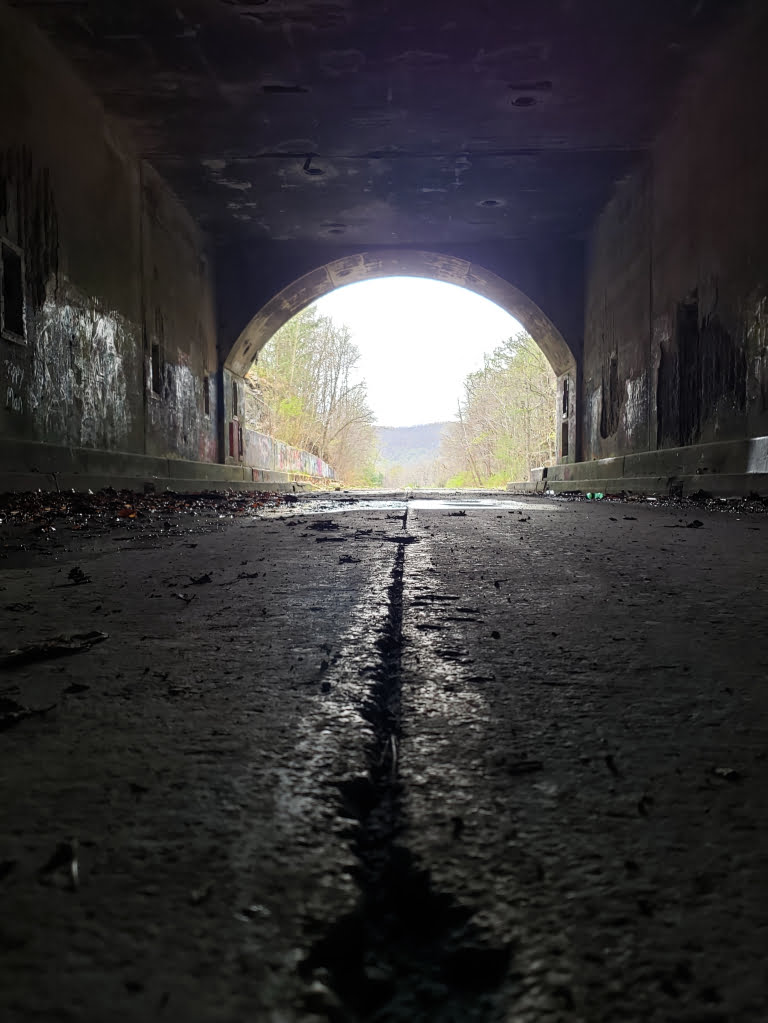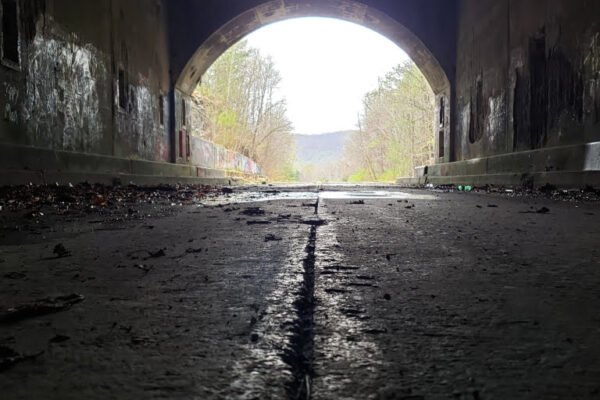
Our substance use care infrastructure and workforce has never been in particularly good shape. It is largely held together by passionate people who care about the work and who serve in the face of a myriad of barriers and challenges. It is a constant upstream swim even in the best of times. This is a result of systemic negative perceptions about substance use disorders, the people who have it and the workforce that serves them.
I have become increasingly concerned in recent years about the lack of longevity in our workforce and high rates attrition and the impact of these dynamics on the quality of care provided. These trends have both increased, and from my perspective largely are a result of high administrative burden, low compensation and an aging workforce, all exacerbated by the underling stigma against the disorder and everything related to the work. As a result, there are few us who stick and stay long enough to develop some level of mastery and insight into how our care systems integrate and relate to the rest of healthcare. We are losing institutional knowledge and it is not being replaced. Even before COVID-19, this SAMHSA Behavioral Health report indicated we will need around a million and a half counselors and a million peer support professionals. This is a huge problem.
And now we have the confluence of contagions – the addiction epidemic as it unfolds in the midst of the COVID-19 pandemic. News reports highlight the grim reality that our healthcare systems are being pushed beyond the brink. COVID patients are being treated in hospital gift shops or triaged and left to die at home if they are viewed as unlikely to survive with medical intervention. If this is occurring across the US medical healthcare system – the best funded in the world as we spend many multitudes of what other nations do on healthcare. What will our ragtag SUD care system face with the coming waves of addiction in coming years?
There are hints. This New York Times article “Relapsing Left and Right: Trying to Overcome Addiction in a Pandemic” indicates we have already lost up to 10% of our treatment capacity and nearly half of the facilities are operating at around half capacity. We need to understand the context under which the influence of the COVID-19 pandemic will have on addiction rates here in America. We know people are using more substances to sooth anxiety, even as a large segment of our population is being exposed to significant trauma, both which will tend to increase addiction rates. This is a dynamic that will play out at increased rates over the next decade.
So I am left with more questions than answers. Without serious investment and redesign oriented towards long term wellness, we will simply not be able to handle what is coming at us. We need to strengthen our foundations and build out a functional care system in consideration of long-term needs. It would be hard to argue we have made much progress towards that end as our care system is already withering under the initial pressures of what will be a decade long impact at best.
A full redesign of a care system oriented towards recovery could only come from serious investment in resources. We can do things now which would help set up an environment to support a more robust system. We could get rid of the IMD Exclusion, set aside dedicated funding for authentic recovery community organizations and require insurance companies on the private side to fund more than acute care models. I put together set of things to consider related to a longer term care model here.
Typically, when such policy reports are developed, a small group of well-meaning people is pulled together and they churn out a white paper. It gets published and becomes a dust collector. We need to think and act bigger to save lives and resources. We should start with a broad discussion of system redesign modeled on the mentality that recovery is the probable outcome across all our communities and then design and implement care that achieves this goal inclusive of the diverse communities impacted by addiction. A model that contains harm reduction measures, acute treatment, long term recovery support and is consistent with the diverse needs of all our communities. While this is the vision – the answers are going to involve all of us. What will drive it if anything is the imperative to address what is coming at us.
The clock is ticking and what we do now will impact what happens as the devastation plays out over the coming decade.
